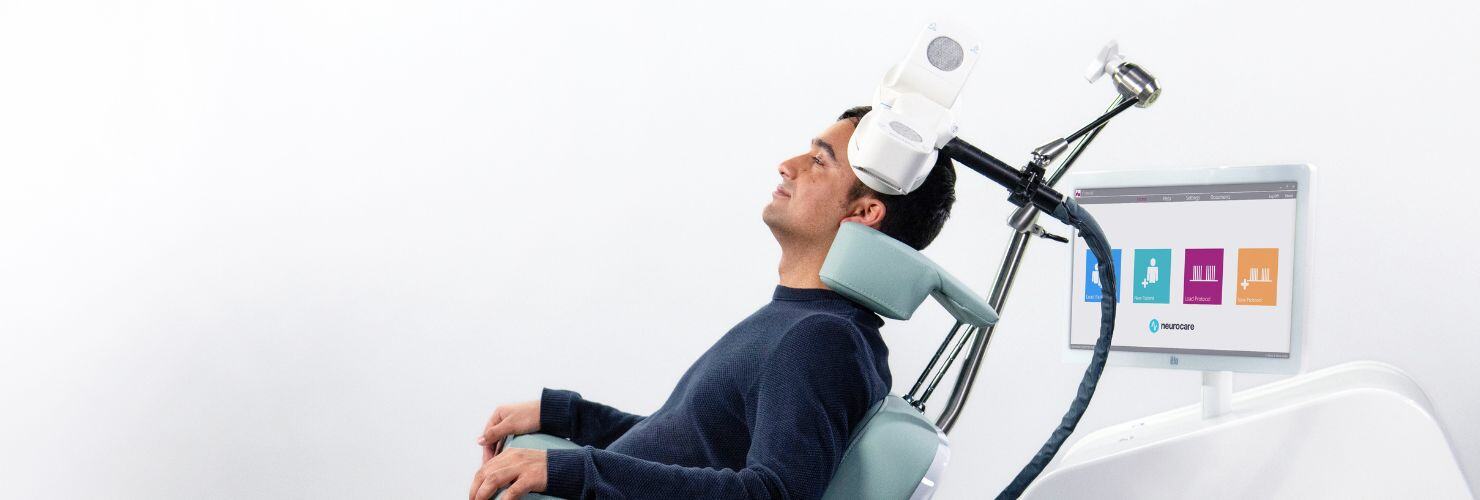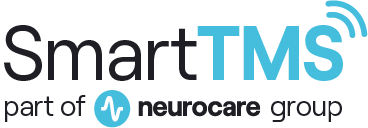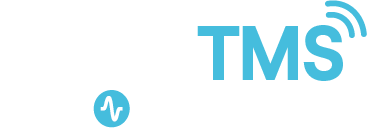Treating alcohol dependence with TMS - the evidence
Can transcranial magnetic stimulation help with alcohol dependence? TMS targets cravings at their source to support patients in overcoming alcohol dependence.

How does an addiction affect the brain?
Addictive substances like cocaine, alcohol, and nicotine increase Dopamine levels in the brain, affecting areas that control pleasure and movement. Normally, Dopamine is released in response to rewards, such as the smell of delicious food, and then recycled back into the releasing cell, stopping the signal between nerve cells. However, addictive substances block this recycling, leading to a buildup of Dopamine, which disrupts normal brain communication and creates intense pleasure. Over time, repeated use can alter the brain's reward system, potentially leading to addiction. As the brain adapts to the excess Dopamine, individuals may need larger and more frequent doses to experience the same high and to ease withdrawal symptoms.
What treatment is available for alcohol addiction?
The NHS advises that alcohol misuse disorders be addressed through counseling, which may involve CBT, self-help groups like AA, 12-step facilitation therapy, and family therapy. Detoxification can be done at home with medical assistance, but severe cases should be managed in a hospital. Withdrawal symptoms typically subside within 3 to 7 days after your last drink, and medications like Chlordiazepoxide (Librium) can help alleviate these symptoms.
In more severe cases, high-dose vitamin supplements might be necessary. After detox, several medications like Acamprosate, Naltrexone, Nalmefene, and Disulfiram can help prevent relapse. Unfortunately, over 80% of patients relapse within the first year of treatment. However, the longer a person stays sober, the lower the risk of relapse becomes.
After 2 years of sobriety, about 60% of individuals remain alcohol-free. Those who reach 5 years of sobriety are even more likely to stay sober. Therefore, it's crucial for patients to utilize all scientifically proven methods to maintain sobriety, especially in the years following initial detoxification.
How does Transcranial Magnetic Stimulation work for addiction?
TMS uses magnetic fields to stimulate the brain, altering activity in the cortex. This process involves an electric current in a coil that creates a brief, strong magnetic pulse. This pulse passes through the scalp without pain and reaches the neurons in the targeted brain area. High-frequency TMS boosts brain activity, enhances connections between nerves, and releases dopamine. Over time, these effects reach deeper brain areas linked to cravings and addictive behaviors.
What is the scientific evidence for the efficacy of TMS in alcohol addiction?
Research shows that rTMS can significantly reduce alcohol cravings. Mishra et al. (2015) observed a notable decrease in craving scores after 10 sessions of rTMS. Belgers et al. (2022) found that ten days of high-frequency rTMS on the right dorsolateral prefrontal cortex, combined with standard treatment, reduced alcohol cravings and usage, with the most significant effects seen three months later. Sorkhou et al. (2022) confirmed that active rTMS on the DLPFC leads to small but meaningful reductions in cravings. Maatoug et al. (2021) also highlighted the DLPFC as an effective target for treating alcohol use disorder with high-frequency rTMS, as it helps reduce cravings and improve cognitive control.
What are the treatment results at Smart TMS?
At Smart TMS, we conducted a study with 4 patients struggling with alcohol addiction, using TMS on the DLPFC for 2 weeks. We measured changes in cravings with a self-reported score from 0 to 10, where 10 indicates severe cravings. The results showed an average craving reduction of 89%.
Conclusions and recommendations:
We suggest that patients with alcohol dependence start with the NHS choices treatment. If this doesn't effectively prevent early relapses after detox due to cravings, there is strong scientific support for trying TMS to help reduce or stop these cravings.
Our research shows that you should detox from alcohol for at least 7 days before starting TMS treatment. This is important because withdrawing from alcohol suddenly during TMS can increase the risk of a seizure, which is very rare, occurring in only 1 out of 50,000 TMS sessions.
Continue TMS treatment for 15 sessions. We suggest combining TMS with psychological addiction therapy, which we also offer.
Consider scheduling maintenance rTMS (2 sessions per month) and/or addiction counseling to help prevent cravings from returning. This approach has proven effective in managing other addiction disorders.

Dr Leigh A Neal MB BCh FRCPsych MRCGP MD
Consultant in Psychiatry and Neuromodulation
Medical Director: Smart TMS
Contact our team about TMS treatment
Not sure if TMS is right for you?






